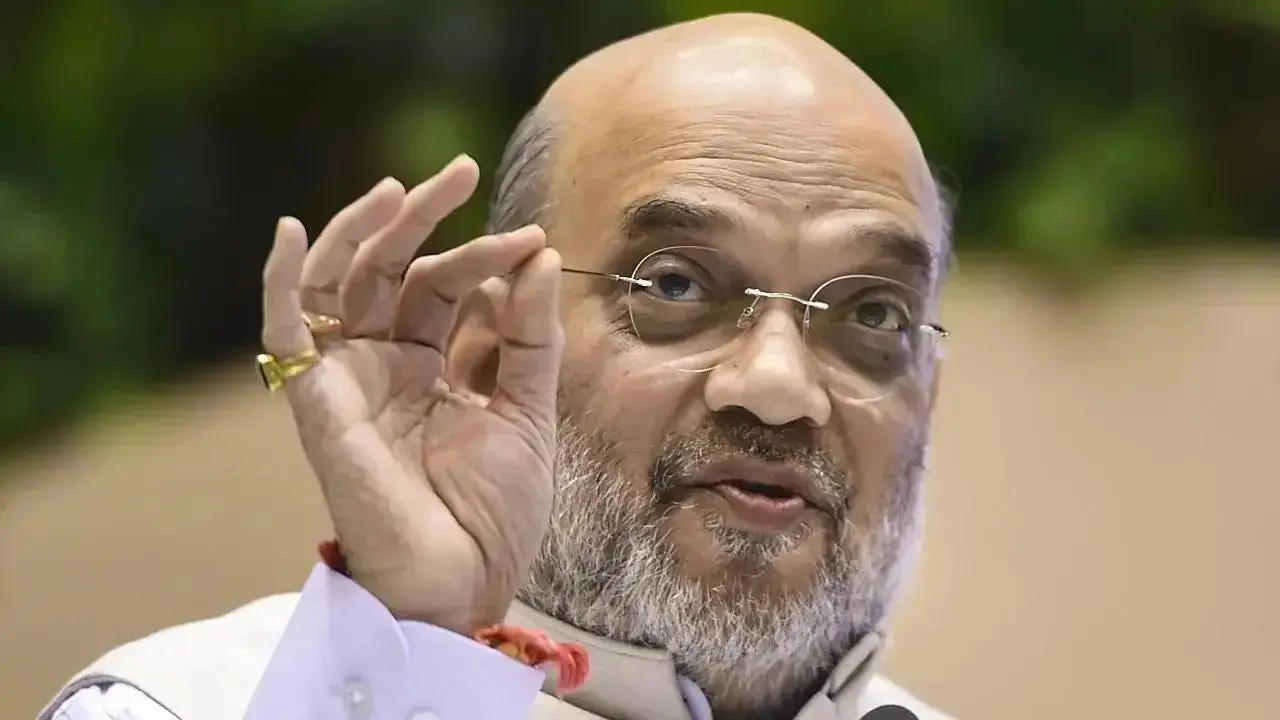The Gujarat government’s Education Department is set to organize a two-day Startup Conclave from September 23 to 24, aiming to set a new benchmark in India’s startup ecosystem. The event will bring together some of the country’s most dynamic voices in innovation, entrepreneurship, and investment on a single platform.
Chief Minister Bhupendra Patel and State Higher and Technical Education Minister Rushikesh Patel are expected to participate in the opening ceremony, reported news agency IANS. The conclave will feature over 1,000 startups, 5,000 innovators, 100 industry mentors, more than 50 venture funds, and leading policymakers, all working together to boost India’s startup landscape.
One of the key highlights of the event will be the investor pitching sessions. More than 50 shortlisted startups will pitch their ideas across multiple parallel tracks before some of India’s top venture capitalists. These sessions are anticipated to unlock funding opportunities worth Rs 250 crore, building upon the success of the Startup Conclave 2023.
Even before the event, investor interest has already resulted in letters of intent and financial commitments amounting to Rs 150 crore for promising startups, as reported by IANS.
The conclave will be inaugurated by Home Minister Amit Shah and will showcase over 170 startups from 20 states. Participating startups have been selected by prominent initiatives such as Startup India, the Ministry of Electronics and Information Technology (MeitY), and Innovations for Defence Excellence (iDEX).
Exhibitions will cover critical sectors including defence, aerospace, healthcare, clean energy, agritech, deep tech, and social impact innovations. This broad representation underlines India’s entrepreneurial drive towards achieving ‘Atmanirbhar Bharat’ (self-reliant India).
The opening session will also see the release of several important publications, including the Startup Conclave Coffee Table Book, the NEP-2020 Dashboard, and the Indian Knowledge System Compendium.
Additionally, the Gujarat state government will facilitate the signing of 50 Memorandums of Understanding (MoUs) between startups, investors, and financial institutions. Funding cheques and Letters of Intent will be distributed to selected ventures during the event, further strengthening the support ecosystem for India’s innovators and entrepreneurs.
(With inputs from IANS)
https://www.mid-day.com/news/india-news/article/amit-shah-to-inaugurate-startup-conclave-2025-at-mahatma-mandir-in-gandhinagar-23595420
